Sound – DAC
In general the S6’s implementation of the AKM AK4495 is good. In particular, its output manages to keep THD and IMD extremely low. Few desktop DAC line outs manage the S6’s low THD measurement of 0,0002%. The S6’s headphone output even manages 0,0003% from its headphone outputs.
It is capable of -114dB noise and about the same dynamic range whilst putting out -116dB stereo crosstalk and 0,0008% IMD from the XLRs. Each of these is an excellent measurement. The LinnenberG Maestro tops out a bit higher, but my favourite DAC, the Lynx HILO loses out in most areas next to the S6.
The S6 has a mild and slow low pass filter. That filter softens up the highs a bit. From the XLRs and RCAs, it keeps almost a perfectly flat stereo frequency response, ensuring that when hooked up to outboard sources, it feeds as much stereo detail in all frequencies. And it shows basically no jitter at any bit rate through any output.
This is a high quality DAC with a great hardware implementation.
Since last night, I’ve been using it with Roon, and from earlier, Audirvana. DSD playback is exceptional, with next to no noise. And no matter the source playback, the S6 doesn’t get hot. It plows through everything I’ve fed it.
The S6 reveals layers in the stereo image, and gobs of positional detail. You float within the music. It is mildly warm, but more detailed that it is warm. Instrument detail is phenomenally clear and resolved. It is a bit drier than the LinnenberG Maestro but not as dry or warm as the Lynx HILO.
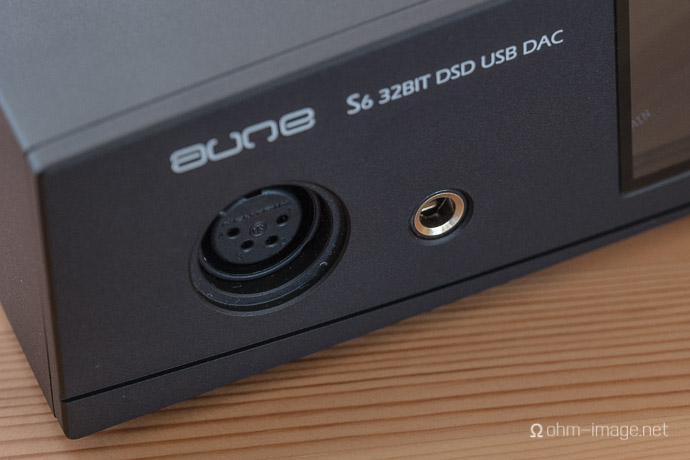
Sound – headphone amp single-ended
Its single-ended headphone amp is powerful. At 100%, it puts out about as much volume as an AK380, which is a bit more powerful than the Lynx HILO’s output. It doesn’t keep up with its non-amped output, though. Vs. its line out, the S6’s THD and IMD bump up mildly. Noise, dynamic range, and stereo crosstalk take hits of about 8dB. Still, noise and dynamic levels of -106dB and 106dB respectively are impressive. Jitter is pretty much zilch.
And again the mild slow low pass filter softens the highs, which I find especially nice and rich-sounding when listening to Mitchell & Johnson’s headphones, MyST’s OrtoPhones, and to a lesser degree, my favourite Grados, none of which hiss through the S6, though sensitive earphones do, though to only a small degree.
The single-ended output takes a big hit under low-Ω load, though, which makes driving planar magnetic, portables headphones, and earphones, a bugger. Anything less than about 60Ω, affects a pretty raunchy load curve. Variably, this negatively affects output volume, stereo performance, and distortion. The SM2, for instance, forces THD of 2,25%, or a linear distortion increase of 7500x. 2,25% is only barely audible, and tracks well with many valve amps, but is a huge increase over 0,0003%.
The DT880 gets mad loud from the S6, but HiFiman’s Susvara, for instance, gets louder through the Lynx HILO than it does from the S6’s single ended output. It’s obvious that the S6 works best with high-ohm headphones. And that’s a shame.
Sound – headphone amp balanced
Across the board the S6’s balanced output handily outpaces its single ended out. While it still shows load effect with low impedance earphones and headphones, overall, that load effect is much less pronounced over its single ended output. Better, its stereo signal holds up under load, going from 58dB to 96dB when driving the Earsonics SM2. This is the single biggest loaded improvement I’ve tested going from single ended to balanced. Excellent.
Better yet, those 96dB are largely flat, showing as much stereo detail and dynamic range in bass, mids, and highs, rather than forcing errors in the bass or upper midrange.
The best I can tell, the S6’s balanced output is about 13dB more powerful across the board than its single ended out. Susvara? Gets damn loud, and even when set to a volume of 100 is clean and free of IMD and phase errors. That means it supplies lots of clean, powerful volume.
The longer I listen to the S6, the more I realise it is all about its balanced outs. Its XLRs are amazing. Unloaded, its single ended headphone amp is good, but not great. Its balanced headphone amp, however, is in a different league. It doesn’t perform up to the level set by LinnenberG’s Maestro, but it is less than half the price, and includes a damn good DAC.
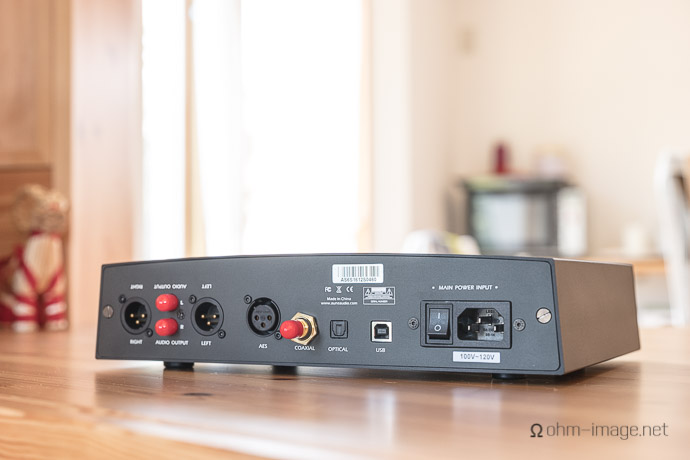
End words
The S6 has a good DAC and an impressive balanced headphone amp. Its single-ended headphone amp is just so-so. In fact, it feels like an afterthought. The S6 is made well, easy to use, and overall, its design is good. Its LCD and GUI are poor, but its clicky UI is easy to use.
The XLR line is excellent and the balanced headphone out is impressive, powerful, and is the S6’s single biggest selling point. It is hard to believe that 599$ nets such a good DAC and such a good balanced implementation.
And then there’s its single-ended out. If it was up to snuff, I’d happily, and readily say well done. As it is, I apply the Well Done label to the S6’s excellent DAC and balanced outputs.





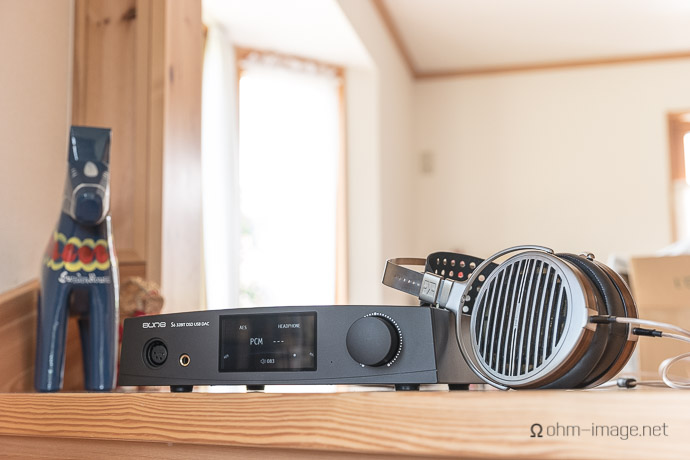
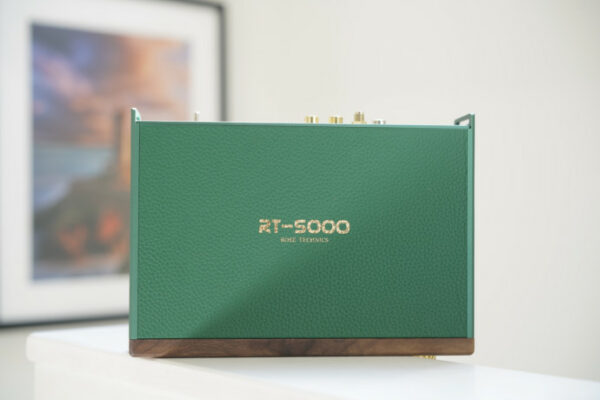
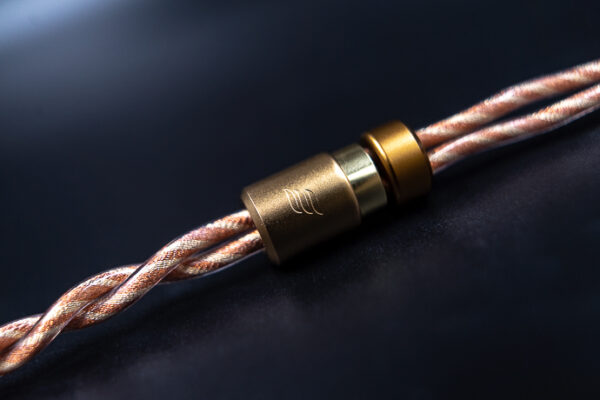
Goncalo Costa
Is Aune S6 fully balanced? The L and R channel use independent DACs?
PORIDGE
yes, it is fully balanced. but fully balanced does not require independent dac chips, it requires independent +- channels.
Martin
can these drive t50rp mods like zmf on balanced mode?
ohm image
I don’t have those headphones but this is a powerful amp.